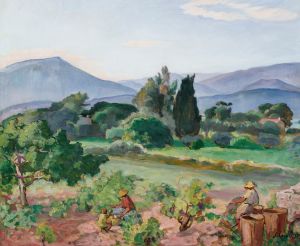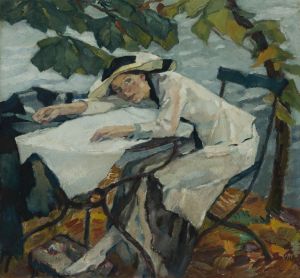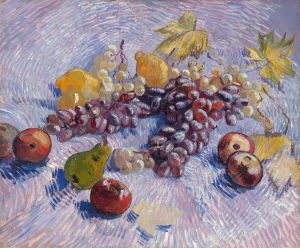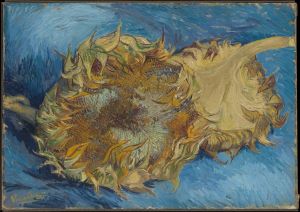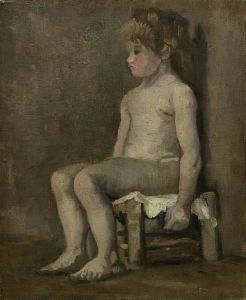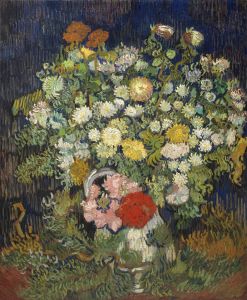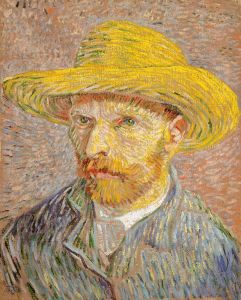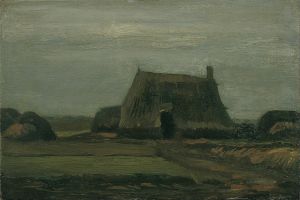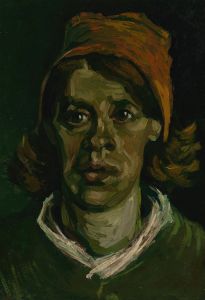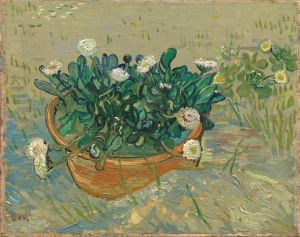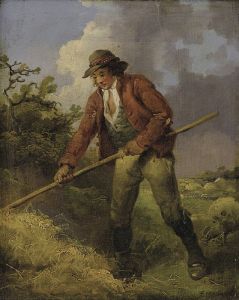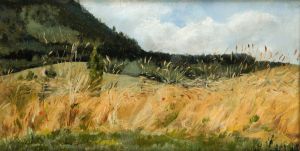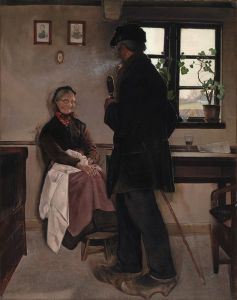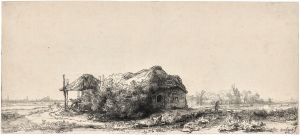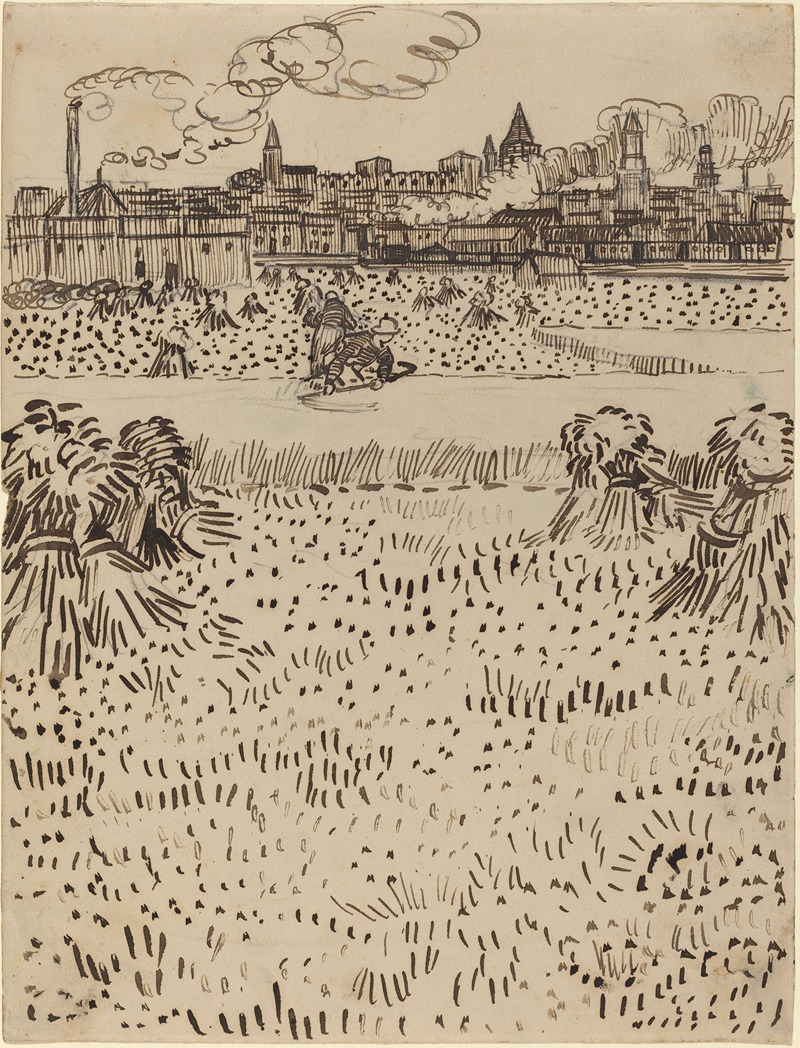
The Harvest
A hand-painted replica of Vincent van Gogh’s masterpiece The Harvest, meticulously crafted by professional artists to capture the true essence of the original. Each piece is created with museum-quality canvas and rare mineral pigments, carefully painted by experienced artists with delicate brushstrokes and rich, layered colors to perfectly recreate the texture of the original artwork. Unlike machine-printed reproductions, this hand-painted version brings the painting to life, infused with the artist’s emotions and skill in every stroke. Whether for personal collection or home decoration, it instantly elevates the artistic atmosphere of any space.
"The Harvest" is a painting by the Dutch Post-Impressionist artist Vincent van Gogh, created in June 1888 during his stay in Arles, in the south of France. The work is also known by its French title, "La Moisson." It is one of a series of paintings and drawings van Gogh produced that depict the wheat fields surrounding Arles, a subject that fascinated him and became a recurring theme in his work during this period.
The painting is an oil on canvas and measures 73 cm by 92 cm (approximately 28.7 inches by 36.2 inches). It is currently housed in the Van Gogh Museum in Amsterdam, the Netherlands. "The Harvest" is notable for its vibrant colors, dynamic composition, and detailed depiction of rural life, showcasing van Gogh's admiration for the agricultural landscape and the labor of farmers.
In "The Harvest," van Gogh captures the scene of a wheat harvest under a bright summer sky. The painting features golden wheat fields, farmhouses, haystacks, and workers engaged in harvesting activities. The composition is structured with a strong sense of perspective, leading the viewer's eye across the fields and into the distant hills. The use of bold, contrasting colors—such as the golden yellows of the wheat, the blues of the sky, and the greens of the surrounding vegetation—creates a vivid and lively depiction of the rural environment.
Van Gogh wrote extensively about his artistic process and inspirations in letters to his brother, Theo. In these letters, he described his intention to capture the essence of the Provençal countryside and the cycles of nature. He considered "The Harvest" to be one of his most successful efforts to convey the beauty and vitality of the landscape. The painting reflects van Gogh's deep connection to nature and his interest in portraying the relationship between humanity and the land.
"The Harvest" is part of a broader body of work that van Gogh created during his time in Arles, a period that is often regarded as one of the most productive and significant in his career. This series of works includes other notable paintings such as "The Sower" and "Wheatfield with a Reaper," which similarly explore themes of agriculture, labor, and the natural world.
The painting exemplifies van Gogh's distinctive style, characterized by expressive brushwork, bold use of color, and a focus on capturing the emotional and spiritual essence of his subjects. Today, "The Harvest" is celebrated as one of van Gogh's masterpieces and remains an enduring testament to his artistic vision and his ability to find beauty in everyday scenes.





